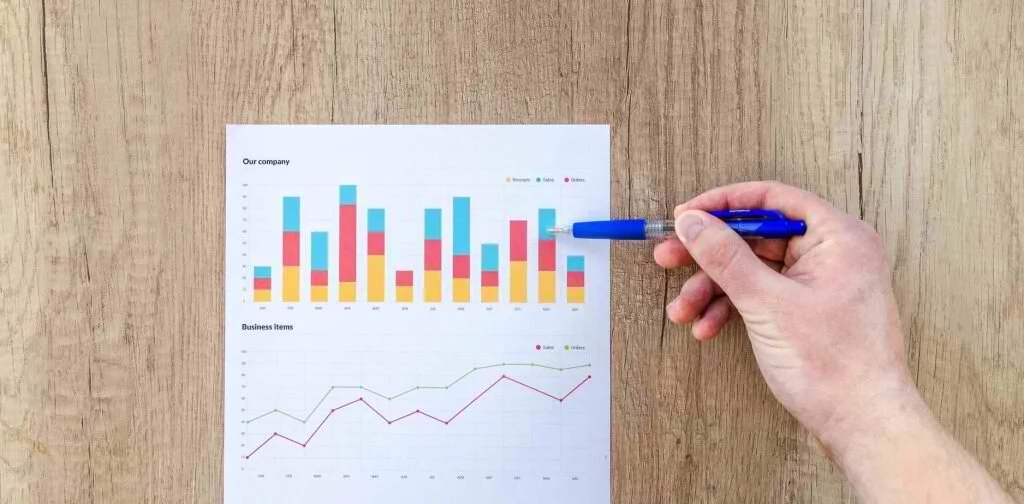What I’m seeing in marketing, post-COVID
You might assume that EVERY organisation is affected by COVID-19, and the related shutdowns.
This is largely true.
But not all organisations have been affected equally.
Because I get to see a lot of client’s marketing campaigns, I get to keep a finger on the pulse and monitor what’s working and what isn’t.
Here’s what I’m seeing right now…
Uneven Industry Split
When I say “not all organisations have been affected equally” – the split is primarily along industry lines (rather than geographic, size, business model, etc).
Certain industries are still buying – like they always have. Certain industries simply aren’t.
You don’t need to think too deep to guess what kind of industries aren’t buying. Think of the industries that have been most negatively affected by COVID-19. Companies who are overwhelmed by change, or panicking due to loss of cashflow, simply aren’t spending right now – or at least have slowed RIGHT down.
So if you have a great marketing campaign to a very specific market that suddenly isn’t working – perhaps try adjusting your industry targeting.
Strategic Fit of Marketing
A lot of strategies that worked really well “in the olden days” (before COVID-19 hit) no longer work.
A really interesting one is to give a gift to get a foot-in-the-door with a key person at a targeted company.
Previously, this was super successful – almost magical – at beginning conversations that led to sales.
Now, people in corporate are rejecting the gift.
We believe this is because they don’t want the infection risk/vector of having to deal with the post, or they’re working from home for the first time ever and feel uncomfortable with giving out their personal address for mail.
(Interestingly, I say “people in corporate” because we’ve seen big decreases in response rates among this audience. Among people who have traditionally worked from home, and small business owners, the response rates of the “gift” strategy are just as high as ever.)
Digital Engagement
Early in lockdowns, people had a lot of energy. They were willing to move and adjust and adapt to meet the challenge COVID-19 presented itself.
Zoom was a bit new, and a bit fun.
Now, 11 weeks since the first restrictions were announced here in Australia, the fatigue has set in.
YAZM: “Yet another Zoom meeting”
If you’re going to run Zoom meetings or events as a sales or marketing tool, you need a really strong reason for inviting people.
If you’ve got this strong reason, your show-up rates will be roughly as good as they were for in-person events and one-on-one meetings. If not, then it’ll be harder for you to get people to book in for calls, and they’ll cancel or no-show at much higher rates.
Sales Conversion from Meetings and Digital Events
Once people are in the room, conversion rates are roughly the same as they always have been.
A client of mine would close the sale on around 25-30% of all attendees to their events, when they were held in-person.
More recently, it’s been 20-25% for digital events – without any room hire, travel, or catering costs.
With this in mind, why would they ever go back to in-person events?
Digital Delivery
For the most part, people are keen to move previous in-person delivery to digital.
Where they’re reluctant, it’s typically NOT because they don’t like digital. It’s typically because they’re worried about the side-benefits they get from in-person delivery.
Think about this in the context of restaurants – yes, your dinner box might have the right ingredients, but in a restaurant I’m paying for the ambiance and service too! The same kind of considerations apply to B2B service businesses.
For example, in the consulting space – if you’re not physically inside their office, can they trust you’ll be able to fully understand their organisation?
Or for program delivery – how will participants engage with each other socially? And is several long days of Zoom meetings too much right now?
See if you can find technology that can be used to create new (and even more attractive) side-benefits.
Price Sensitivity
When lockdowns hit, they hit budgets first.
Everyone’s bank account was locked down – like clams responding to a shock.
A few weeks later, after people (and organisations) felt comfortable enough to spend again, they began looking for value for money.
A client of mine reckons “$1 before COVID is worth $2 today.”
I reckon it’s a good concept at a high level – however, when I look at sales figures on products and services that have had their prices halved, they’re slightly above what I’d expect in terms of units sold. So maybe the value of a dollar has gone to 60-70% of what it was before COVID.
So if people are saying “I don’t have the budget right now” – that’s OK, give them space.
If people are saying “I can’t afford full price right now” – maybe it’s worth considering whether you say “No” to that client, and move onto clients who CAN pay full price. Or whether you drop your prices 30-40%.
Scope of Opportunity
The economy has shrunk by around 10%. But it hasn’t been an even 10% across the board.
Certain sectors have grown. Certain sectors have shrunk.
Certain new opportunities have been created. Others are closed, or limited, for now.
Whatever the case, you’re probably going to have to adapt your marketing if you want to move ahead instead of falling behind.
